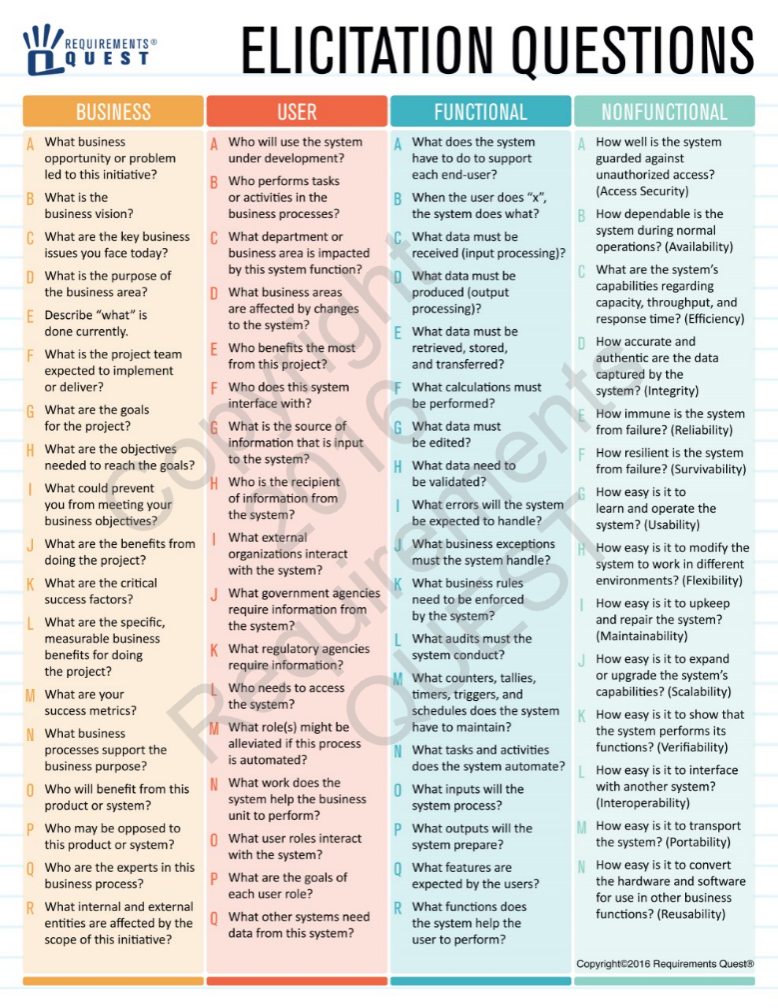Aim of the Page: The page is to support TIS team with BA analytical skills and provide framework to carry on good work
Page contents
- Agile BA role around:
- Story Mapping
- User Discovery
- User Research
- How Agile BA works with TIS team:
- UI/UX Designer
- Product Owners' stakeholders
- Dev Team
- TIS programme
- Useful BA materials and links
Agile BA roles: User Discovery
Agile BA roles: User Research: This must be done before starting planning, designing or building.
- who your likely users are and what they’re trying to do
- how they do it currently (for example, what services or channels they use)
- the problems or frustrations they experience
- what users need from your service to achieve their goal
Agile BA roles: Story Mapping
The BA support the UI/UX designer with in story Mapping to capture user journey.
- It is part of the discovery phase
- It is an effective inception tool to create a product backlog in a visually structured way
Story mapping consists of ordering user stories along two independent dimensions. The "map" arranges user activities along the horizontal axis in rough order of priority (or "the order in which you would describe activities to explain the behaviour of the system"). Down the vertical axis, it represents increasing sophistication of the implementation.
Story Map Structure:
Goals > Activities > Tasks > Stories or Goals>Features>EPIC (Sub- features)>Stories
Structure based on 'User Journeys' : User > Goals > User Journeys > Actions > Stories.
Structure based on Non-functional requirements NFR: NFR > Requirement > Story
An example of a user mapping below: Manage account
How Agile BA works with TIS team
Useful BA materials and links
Link: Business Analysis Framework (BA activities)
- Understand Context- Business Objectives
- Investigate Situation
- Consider Perspectives
- Analyse Needs
- Evaluate Options
- Define Requirements
- Deliver Change
Common Requirements Gathering techniques
- Brainstorming
- Interviews
- Observation
- Shadowing
- Workshops
- Prototypes
- Visual modeling
Op
en the Business Analysis Framework







0 Comments